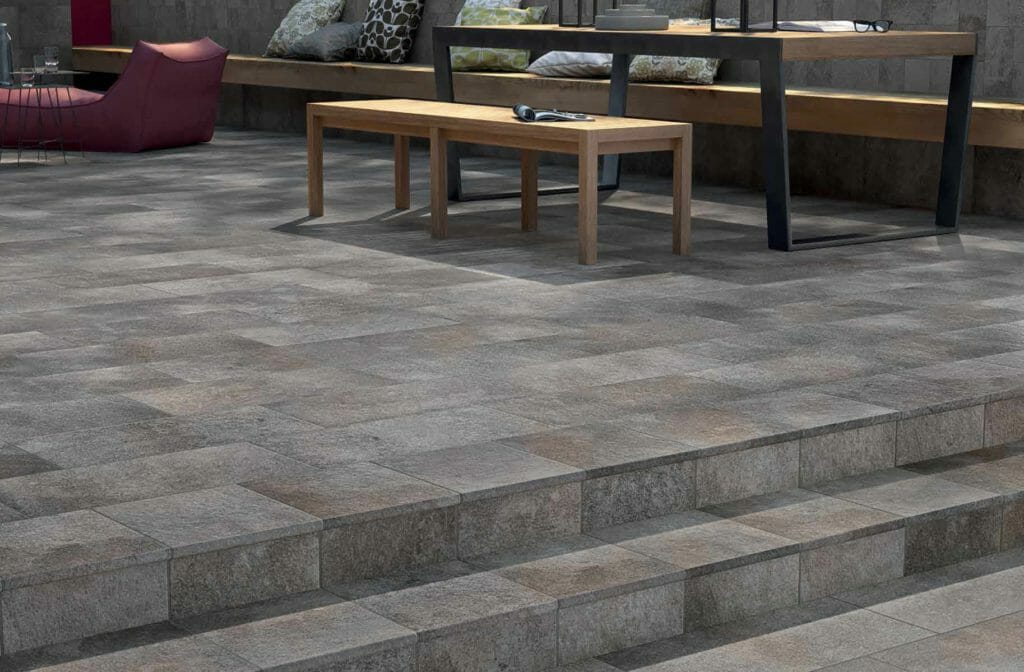Outdoor Porcelain Tile Installation

The tile itself should also be rated for outdoor use and as a general rule porcelain tends to be more durable than ceramic.
Outdoor porcelain tile installation. Porcelain also absorbs less water therefore ceramic is not suited for outdoor use. That means porcelain is a great choice for bathrooms high traffic rooms and exteriors but stone tends to be the best option for exterior tile since they are a natural material. When thinking about using porcelain tiles outdoors there are a number of important considerations to take into account. The material is actually no different to a standard porcelain tile and therefore is treated much the same.
5 mix and apply the tile mortar. Ceramic tile is softer than porcelain which makes it easier to cut for. 10 complete the installation and maintain as needed. Firstly and very importantly porcelain tiles have different grades and you will need to check that your chosen tiles are grade 5 i e.
20 mm porcelain slabs also provide tremendous versatility as they can be laid on virtually any outdoor surface and be fixed with a variety of different methods to suit the application. 4 plan the exterior floor layout and make tile cuts. To help protect your tile from future damage you ll need to include expansion joints into your installation. 8 mix and apply grout.
In this section we provide you with an overview of how ceramic porcelain or stone tile can be used in exterior patios walkways porches. Adhesive free installation techniques allow for dismantling maintenance and repositioning of porcelain slabs. We ve outlined four of the most common installation methods for external porcelain tiles below. When you are ready to begin setting tiles for your new patio that is bonding them to the concrete slab you need to use the appropriate outdoor tile adhesive there are many types to choose from.
9 clean up after grouting. Suitable for outdoor use. Of course it should also have a slip resistant surface. An expansion joint is needed at least every 10 linear feet and an expansion joint at least 1 4 wide is needed around the perimeter of the installation if you re meeting to a solid surface or a wall.
2 prepare the exterior substrate to receive tile. 3 apply a waterproofing membrane. Finally choose a grout that will resist stains and fading so your project will still look good for years to come. 7 prepare the installation for grouting.
1 inspect the exterior substrate. It is important to pick the right one.














































